Among the most beautiful hamlets in Italy, Fiumalbo extends to the south of the province of Modena, within the Frignano Park and on a territory that ranges from 850 meters to the peak of Monte Cimone at 2165 meters. In summer, the variety of trails and vegetation make it an ideal place to enjoy outdoor activities as well as charming views.
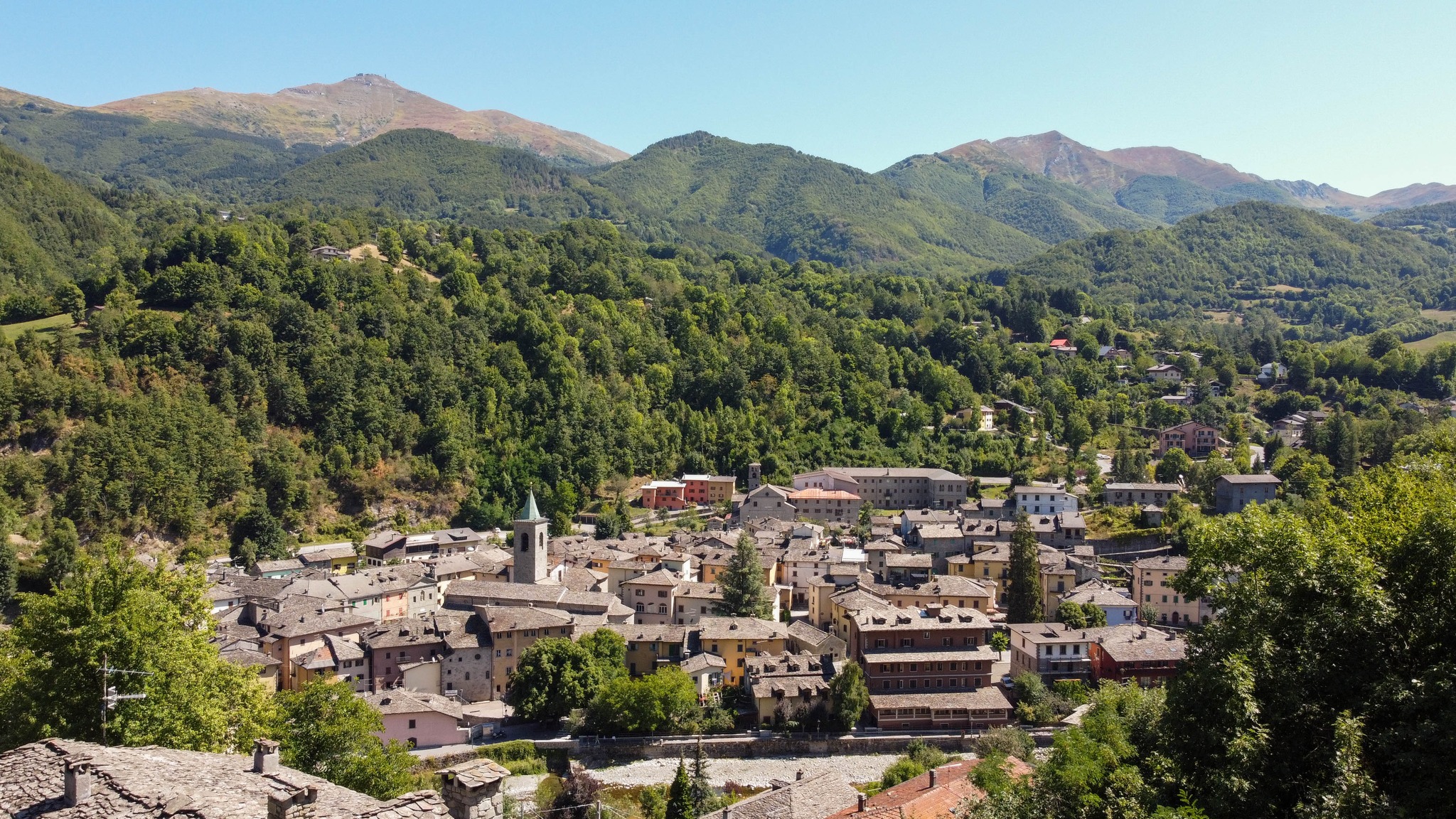
PLACES TO VISIT
The village boasts the “Orange Flag” of the Touring Club and is part of the “Borghi più belli d’Italia” (Italy’s most beautiful hamlets). Immersed in several natural trails, the historic center of Fiumalbo is the main attraction, distinguished by the use and processing of stone, among walls, houses, vaults, and sandstone roofs. There are numerous churches, including those of San Bartolomeo, Santa Caterina (known as “dei Rossi” and also a Museum of Sacred Art), Immacolata Concezione (known as “dei Bianchi”), and San Francesco and Donnino. Along all the slopes are the typical rural buildings called “Celtic Huts”, rectangular-shaped houses built of stone and earth mortar. The shorter fronts rise to a stepped pinnacle, protected by thick sandstone slabs called “feathers”.
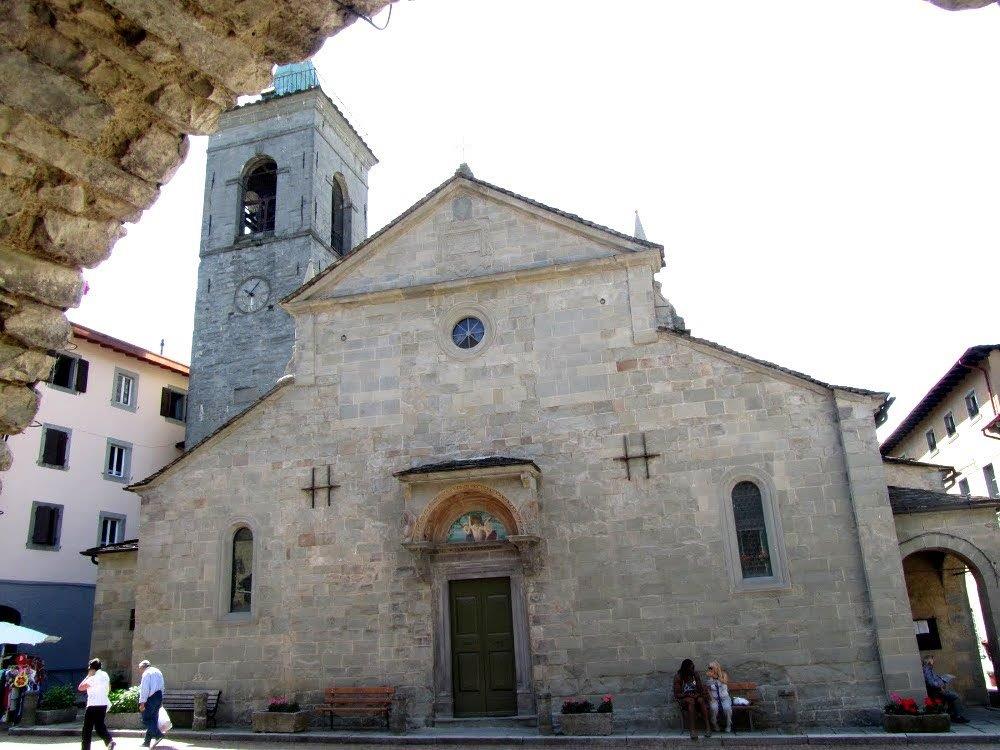
THE CUISINE
Among the typical dishes of Emilian cuisine, Tortellini filled with ricotta cheese are the main speciality in Fiumalbo. Also characteristic is the Croccante di Fiumalbo, made with chestnut honey, flat white almonds, sugar, caramel and natural essences.
HISTORY
Fiumalbo is also known as the “Celtic Village” in reference to the invasions and settlement of the population in Italy in the 4th century BC. The village is located in the upper Frignano, a territory that takes its name from the presence in the Bronze Age of the Frignati Ligurian population, very similar to the Celtic tribes of central Europe. The name derives from “Flumen Album”, with a clear allusion to the foaming waters of the streams that surround the village, and from “Flumen Alpium”. The first historical news dates back to 1038 when the Marquis Bonifacio of Tuscany, father of Matilde di Canossa, donated to the Bishop of Modena Viberto the “Rocca called Fiumalbo”. The territory was subsequently linked to the fate of Modena, first as Civitas and then as a Duchy. The population created cultural and human relationships with the Tuscan area, relationships that have left unmistakable traces also in dialectal inflections and in ancient words that make the “Fiumalbino” dialect suggestive. Many of the buildings date back to the 1600s, the main period of development.
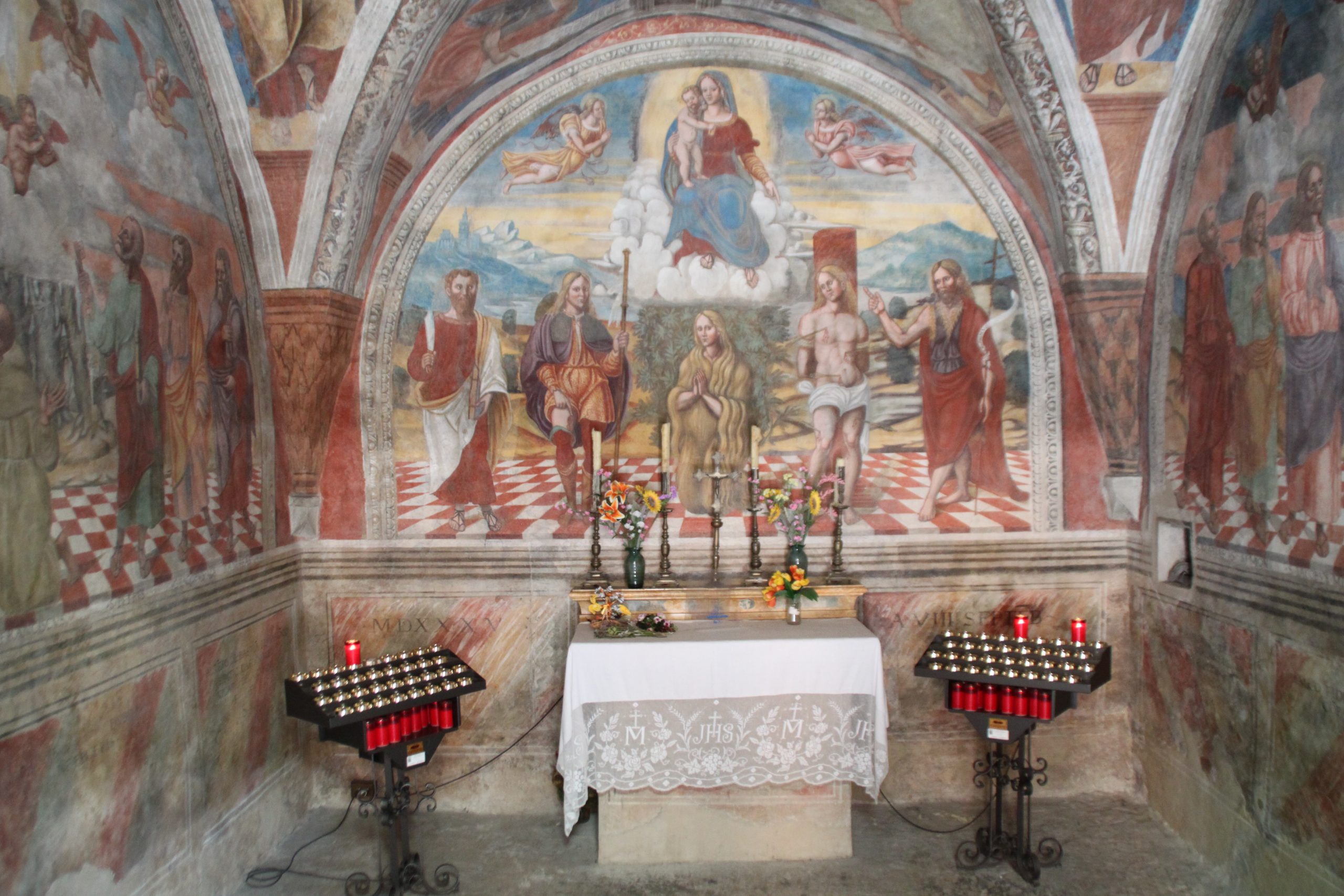
THE PERSONALITY
On the first day of March in Fiumalbo, it was customary to recite a nursery rhyme to ward off bad luck.
“OGGI ENTRA MARZO,
CREPA LA TERRA,
SORTE LA BEGA DA SOTTOTERRA,
DIO CE SALVI DALLA BEGA, DALLA STREGA,
DALLA FEMMENA MANDREGA, DAL CAN RABIOSO
E DAL OMMO INVIDIOSO”
The nursery rhyme contains a hope: that God will save the citizens of Fiumalbo from evil creatures.
Among the dangers to be defended against, the “femmena mandrega” evokes the Margolfa, a malevolent female entity, the last residue of untamed nature. Its head is carved on the corners and walls of houses, in order to keep away all the monsters of the mountains, woods, and dark nights. The most representative one is located in the locality of Cà de Gabani in Versurone, a Margolfa with a wolf’s face and sharp teeth. The one in Danda, on the other hand, is composed of two detached pieces: the head is that of a Ligurian warrior with a helmet and mustache, while the body is that of Dagda, an Irish mythological deity who lives in the woods and has an insatiable appetite. The tradition has been handed down by the Ligures Friniantes, who used to hang severed heads on their doors to keep away malevolent intentions.
THE BEST MTB ROUTE
The Monte Cimone area offers many opportunities and Fiumalbo is the ideal location for those who want to explore the Tuscan-Emilian Apennines on a mountain bike. Among many trails, the most suggestive may be the loop that, starting from the Celtic village, climbs in the initial section of Monte Cimone, then descends towards Sestola and returns passing through Montecreto and Pievepelago.
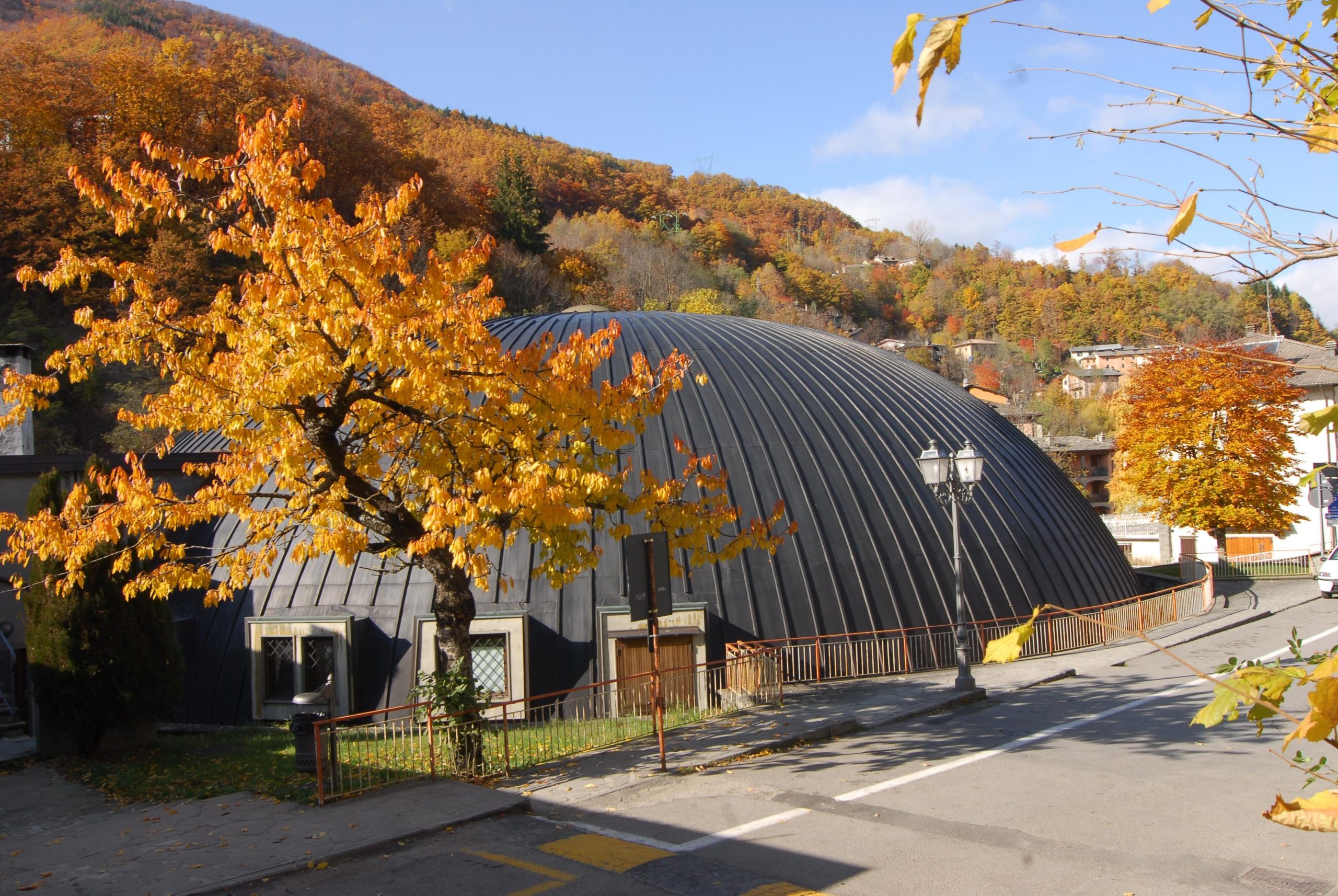
MUST-SEE EVENT
Not to be missed is the night of August 23rd, the eve of the of San Bartolomeo’s feast, the patron saint of the village, when the streets of the ancient medieval village of Fiumalbo are illuminated by torches, lights, torches and candles, providing a backdrop for the procession with the statue of the Saint accompanied by the ancient Confraternities of the Bianchi and Rossi, in traditional costumes and with banners that have been preserved for centuries. The effect of the river is suggestive, as is that of the promontory, which once again shines with a living flame. At the end of the evening, a fireworks display takes place. The traditional fair takes place on August 24th, with the classic bingo at 9:00 pm to end the celebrations.
HOW TO GET THERE
Fiumalbo can be reached from the A1 Autostrada del Sole: take the Modena Nord exit and then continue on the Strada Statale Nuova Estense, following the signs for Pavullo and continuing on to Fiumalbo. For those coming from Tuscany, the best highway exit is Pistoia (Autostrada Firenze-Mare A11), and then cross the Abetone Pass. The nearest train stations are Pistoia and Modena, from where Fiumalbo can be reached by bus.
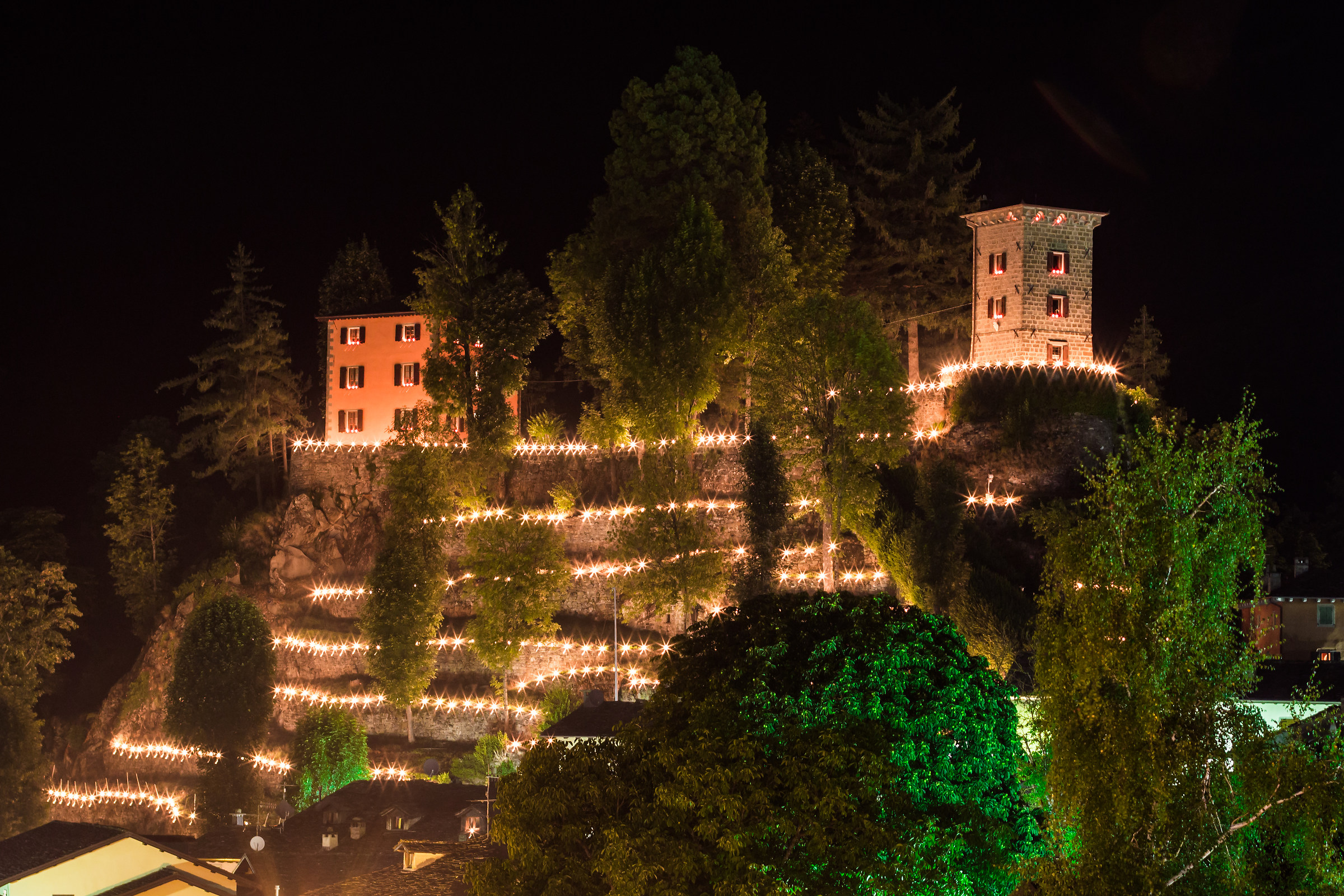
FIUMALBO
Fiumalbo makes its debut at Appenninica MTB Stage Race
Appenninica MTB Stage Race 2023
- Stage 2: Castelnovo ne’ Monti – Fiumalbo
- Stage 3: Fiumalbo – Fiumalbo
- Stage 4: Fiumalbo – Fanano
